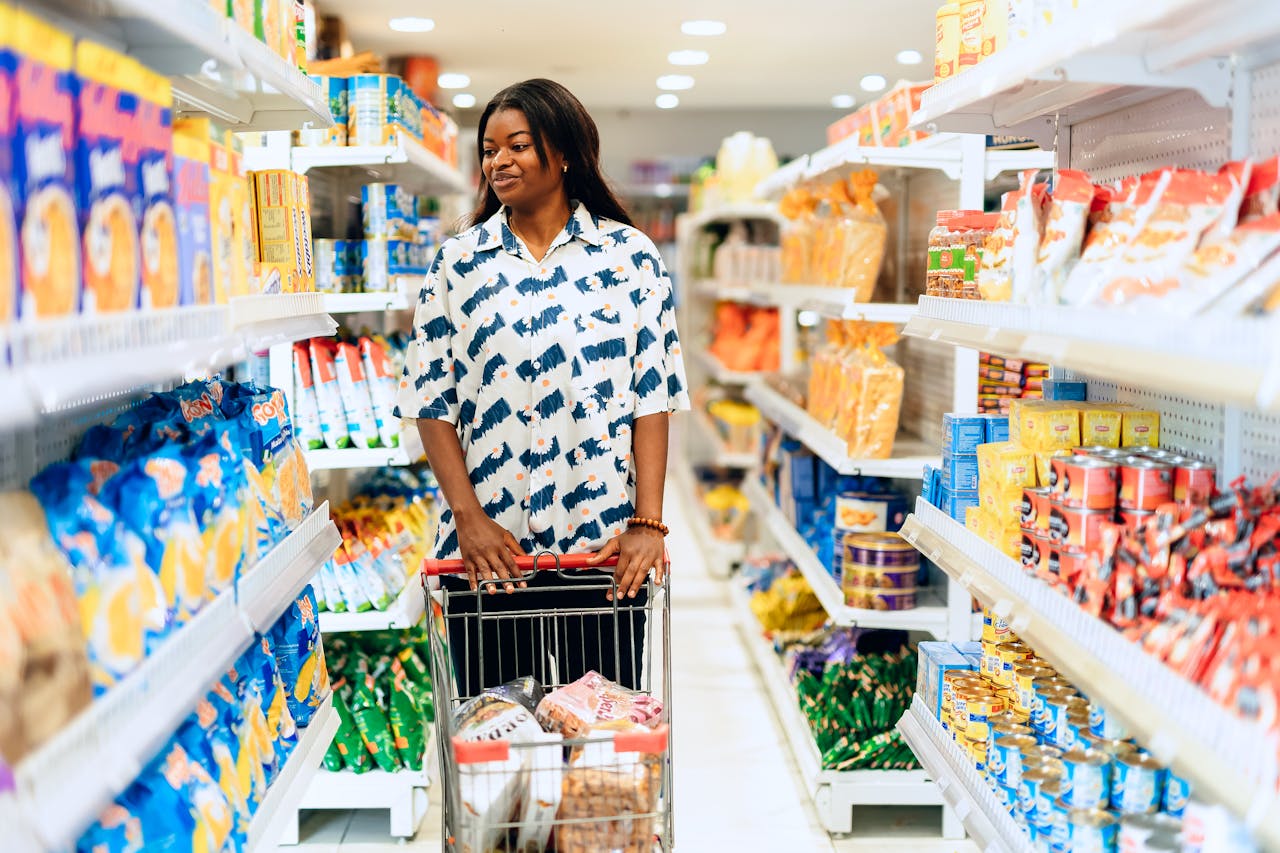Food labels are supposed to help you make smart choices. But what if the label isn’t telling the truth? Grocery label fraud is a real problem. It can cost you money, put your health at risk, and make it hard to trust what you buy. Some products say they’re “organic,” “natural,” or “pure,” but investigations show that’s not always true. This matters because you deserve to know what’s in your food. Here are nine grocery products under investigation for label fraud, what you need to know, and how to protect yourself.

1. Olive Oil
Olive oil is often labeled as “extra virgin” or “100% pure.” But not all bottles live up to the claim. Some brands mix in cheaper oils like soybean or sunflower oil. Others use old or low-quality olives. This means you might pay more for something that isn’t what it says. If you want genuine extra-virgin olive oil, look for a harvest date and a seal from a trusted organization.
2. Honey
Honey fraud is a big issue. Some honey on store shelves is mixed with sugar syrup or corn syrup. Sometimes, the honey comes from countries with poor quality control. This can be a problem for individuals with allergies or those seeking pure honey. To avoid fake honey, buy from local beekeepers or brands that test for purity. Real honey should list only “honey” as the ingredient.
3. Seafood
Seafood is one of the most mislabeled foods in the grocery store. Fish like snapper or grouper are sometimes swapped with cheaper species. This can be dangerous for people with allergies or dietary restrictions. DNA testing has found that up to one-third of seafood in the U.S. is mislabeled. If you want to be sure, buy whole fish instead of fillets, or shop at stores that share sourcing information.
4. Parmesan Cheese
That “100% Parmesan” cheese in the green can might not be all cheese. Some brands add fillers like cellulose (a plant fiber) to bulk up the product. In some cases, there’s not much real Parmesan at all. If you want the real thing, look for Parmigiano-Reggiano stamped on the rind. Grate it yourself for the best quality and taste.
5. Maple Syrup
Maple syrup is another product often faked. Some bottles are mostly corn syrup with a little maple flavor. Real maple syrup is made from the sap of maple trees and should only have one ingredient: maple syrup. Check the label for “100% pure maple syrup.” If it lists anything else, it’s not the real deal.

6. Fruit Juice
Fruit juice labels can be misleading. Some “100% juice” products are watered down or mixed with cheaper juices like apple or grape. Others add sugar or artificial flavors. This can be a problem if you’re trying to avoid added sugar or want the health benefits of real juice. Read the ingredient list carefully. The best option is juice with no added sugar and only one type of fruit listed.
7. Organic Produce
Not all “organic” produce is truly organic. Some farms have been caught using banned pesticides or fertilizers. Others mislabel conventional produce as organic to charge higher prices. If you want real organic food, look for the USDA Organic seal. You can also buy from local farmers you trust or join a CSA (community-supported agriculture) program.
8. Coffee
Coffee fraud is on the rise. Some ground coffee is mixed with cheaper fillers like corn, soybeans, or even twigs. This can affect the taste and quality. If you want pure coffee, buy whole beans and grind them yourself. Look for brands that test for purity and share their sourcing information.
9. Spices
Spices like oregano, turmeric, and saffron are often targets for fraud. Some are mixed with cheaper herbs, colored powders, or even sawdust. This can be a health risk and a waste of money. To avoid fake spices, buy whole spices and grind them at home. Trusted brands and specialty stores are usually safer bets.
How to Protect Yourself from Grocery Label Fraud
Label fraud is a growing problem, but you can take steps to protect yourself. Read ingredient lists and look for third-party certifications. Buy from trusted brands or local producers when possible. If a price seems too good to be true, it probably is. Stay informed by checking reports from consumer groups and food safety organizations. Your choices matter, and being aware helps you get what you pay for.
Have you ever found a grocery product that wasn’t what the label claimed? Share your story or tips in the comments.
Read More
10 Ways Organic Labels Can Be Misleading at the Grocery Store
Grocery Chains Sued for Mislabeling: How Trustworthy Are Your Food Labels?
The post 9 Grocery Products Being Investigated for Label Fraud appeared first on Grocery Coupon Guide.







